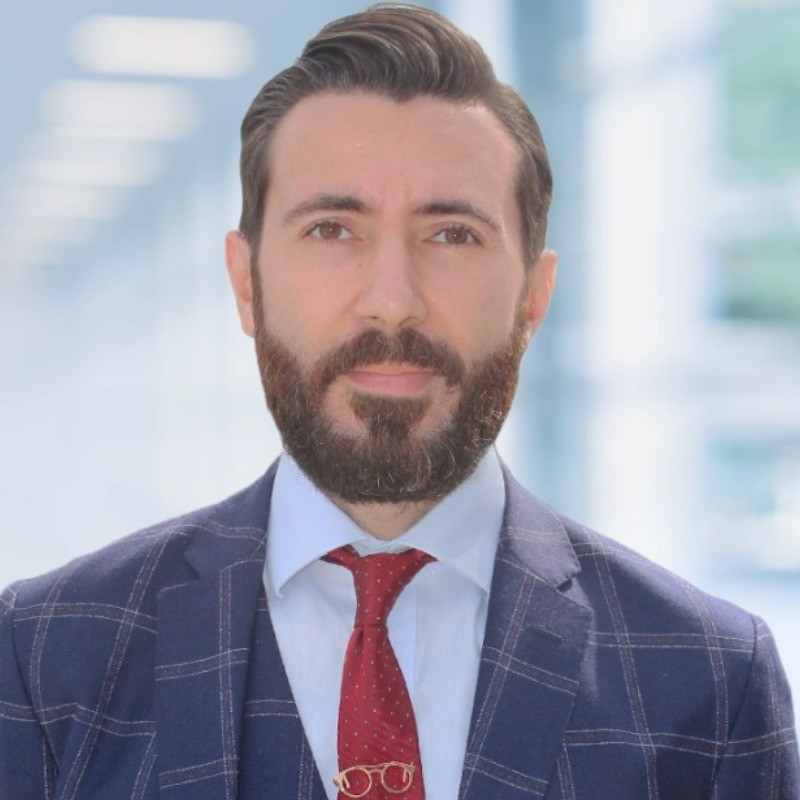Property Malta Chairman Sandro Chetcuti struck a defiant tone when speaking at a recent conference outlining Malta’s property outlook, cautioning against making sweeping criticisms regarding Malta’s economic model of the past years, which saw its population, and likewise economy, grow exponentially.
He spoke at a conference entitled: Malta’s Property Market Outlook: Trends and Expectations – National Conference 2023, organised by KPMG Malta and the Malta Property Foundation on 3rd November. The latter organisation is a public-private partnership aimed at promoting Malta’s lifestyle identity and to position the country as a leading destination of choice for everyone interested in purchasing property in the Mediterranean.
In his welcome address, Mr Chetcuti stated that the property scenario has “changed completely” since he helped establish the recently-renamed Malta Development Authority, formerly known as the Malta Developers Association.
“At the time, we needed demand. We needed an increased population. We needed a larger workforce,” he said.
While admitting that the achievement of these goals has brought its own set of challenges, he warned against making sweeping statements, with reference to criticism about Malta’s economic model.
“Malta’s economic model worked,” he said. “Could things have been managed better? Is it now time to change planning policies? Should new forward-looking regulations and guidelines be formulated?
“These are valid and important questions, but they can be asked because the economic model followed over the last years has worked.”
The firm statement and the questions posed provided the frame for the discussions that followed during the conference.

KPMG Director of Advisory Services Steve Stivala / LinkedIn Photo
Taking the stage to present the first part of the report, KPMG Director of Advisory Services Steve Stivala began by shining a light on some of the contradictions in the way the wider population relates to the property sector.
“People want to have a spacious place in a central location, but then complain about cranes and construction,” he said. “They want to have a stable rental income, but feel disgruntled by the number of foreigners.”
Shedding light on the importance of the property sector to the local economy, he noted that construction of buildings, civil engineering, specialised construction and real estate activities like agent commissions and rents are responsible for seven per cent of Malta’s total economy. This is a lower proportion than in previous years as growth in other industries outpaced the property sector.
When looking at the property sector from a broader lens, the share it contributes to the local economy jumps to 13.5 per cent – some €2.1 billion.
This figure includes activities like architectural and engineering services, quarrying, and the fabrication of metal, non-metal and wood products.
By this measure, around 30,000 people are engaged in activities related to the sector.
Value added per €1 spent is between 0.55 and 0.78 for the construction industry and between 0.78 and 0.85 for real estate activities. Taking the common middle, it can be determined that property activities generated around €1.78 in economic value for every €1 spent.
Mr Stivala also sought to broaden the discussion about the sector, beyond the figures.
“GVA or GDP is not the be all and end all,” he said. “It is just as important to consider things that are not captured in the data, known as externalities.”
These include the impact of the sector on people’s quality of life due to the pollution and noise it generates, and the time lost in traffic when roads are closed.
“However,” Mr Stivala continued, “there are positive externalities too,” pointing to the creation of new public open spaces and the potential for the sector to have a positive aesthetic effect through its architecture.
Concluding, he stated that it is good to recognise that property has the potential to have positive as well as negative external effects – and efforts should be mad by all stakeholders to mitigate the bad while amplifying the good.
Main Image:
